. The Bright Future of

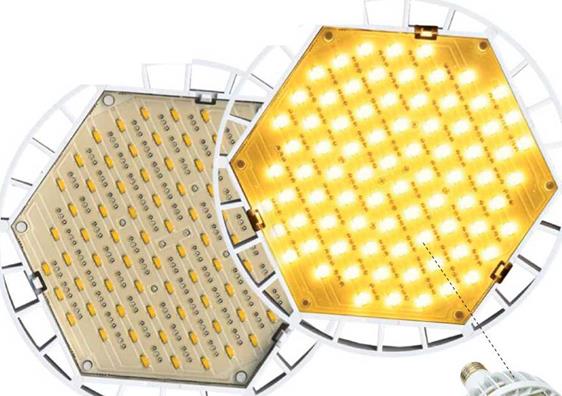
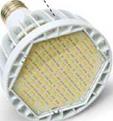
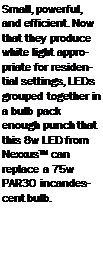 |
|
A |
lthough still a relatively small slice of the incandescent-dominated lighting market, energy-efficient compact fluo – rescents (CFLs) and light-emitting diodes (LEDs) have gained traction over the past few years, thanks to green-building programs and some progressive local energy codes. They’re about to get a real boost.
The Energy Independence and Security Act (EISA) of 2007 soon will limit the number of watts a bulb can consume for a given number of lumens, a measure of light output. The legislation takes effect Jan. 1, 2012, when the luminary equivalent of today’s 100w incan-
|
|

![]()

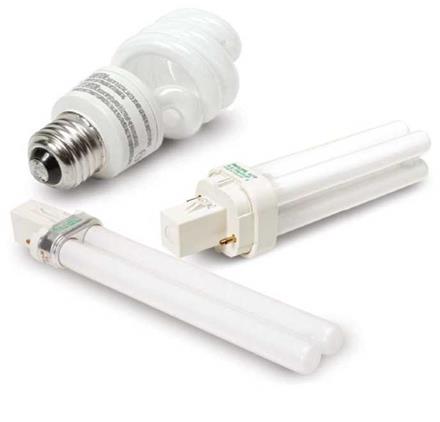
 |
sion. Today’s CFLs, however, produce light in the 2,700 K range, mimicking the warm, amber-hued light of incandescent bulbs (see the sidebar on the facing page). Also, the old magnetic ballasts have been replaced with quiet electronic ballasts that don’t flicker.
CFLs are dramatically more efficient than incandescent lightbulbs, using between 50% and 80% less energy, and they last for about
10,0 hours, nearly 10 times longer than incandescents. They also cost dramatically more. However, replacing one 50c, 75w incandescent bulb with a $3.50, 19w CFL saves 563kwh of electricity over the life of the bulb. That comes to about $75 in savings,
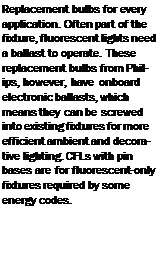
![]()
descent bulb will be allowed to consume only 72w. (Lower-wattage bulbs also will be affected.)
In other words, incandescent lightbulbs need to become about 28% more efficient to survive. Some industry insiders think they will, but CFLs and LEDs already meet the new requirements. Consequently, the most likely scenario is that incandescent bulbs will be replaced either by CFLs or LEDs, depending on the application.
Compact Fluorescents Come of Age
CFLs were introduced in the early 1990s, but they weren’t ready for prime time. Early CFLs produced harsh blue light, hummed,
depending on the cost of electricity where you live.
On the downside, a typical CFL contains somewhere between 4 mg and 5 mg of mercury. Critics of CFLs highlight the health and environmental hazards of mercury, and special precautions should be taken if the bulbs break in your house. Proponents argue that the mercury in a CFL is far less than the amount of mercury emissions that would be released from a coal-fired power plant if you were using an incandescent bulb. Regardless,
when a CFL burns out, it must be recycled so that the mercury doesn’t end up polluting the environment. Some retailers of CFLs, including Ikea® and The Home Depot®, offer CFL recycling. To find other recycling locations, visit www. epa. gov.
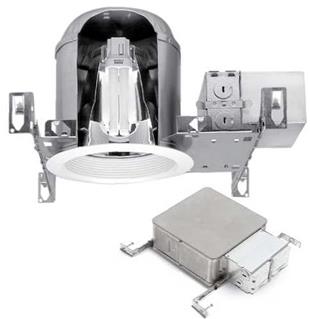 Dedicated ambient light. Retrofitting an old recessed can with a screw-base CFL could cause premature heat-induced bulb failure. CFL-dedicated recessed cans properly dissipate heat and maximize light output. The can at top, from Halo®, is remarkably similar to a standard incandescent fixture with the addition of a ballast attached to the junction box. The fixture below, from Lightolier®, orients the bulb horizontally and needs just 3V2 in. of clearance.
Dedicated ambient light. Retrofitting an old recessed can with a screw-base CFL could cause premature heat-induced bulb failure. CFL-dedicated recessed cans properly dissipate heat and maximize light output. The can at top, from Halo®, is remarkably similar to a standard incandescent fixture with the addition of a ballast attached to the junction box. The fixture below, from Lightolier®, orients the bulb horizontally and needs just 3V2 in. of clearance.






Leave a reply